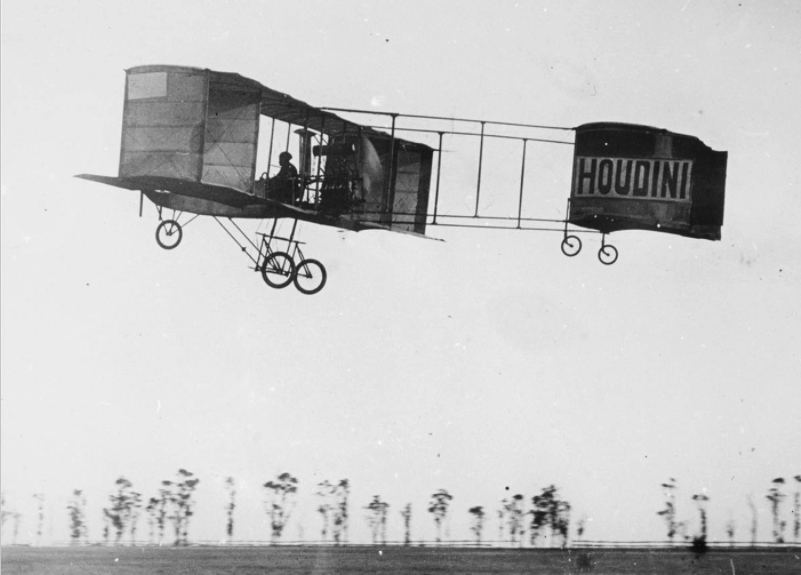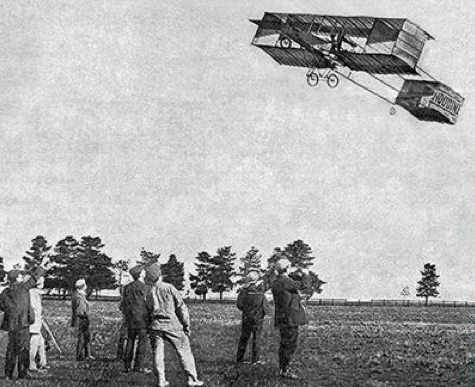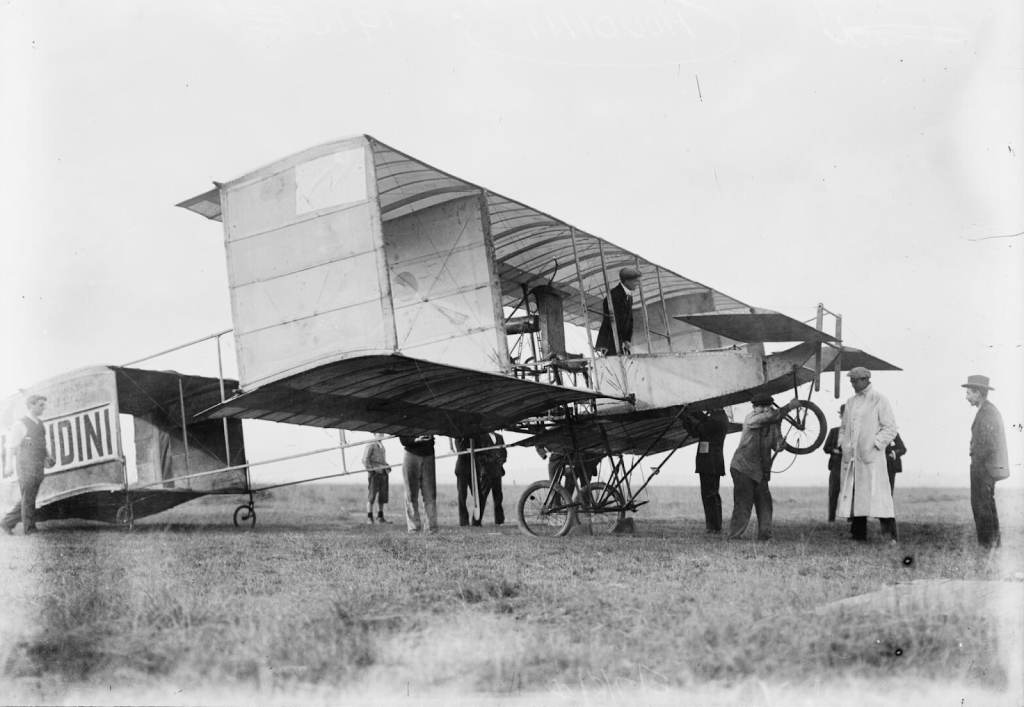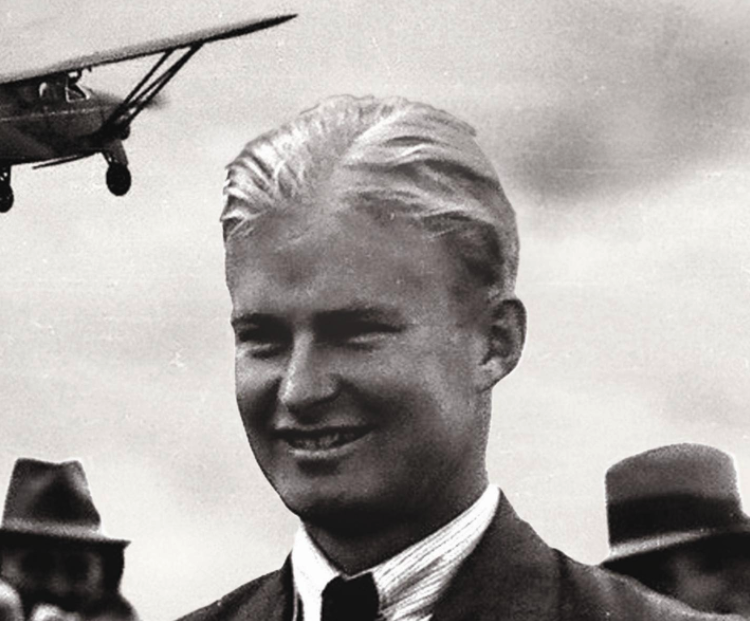ASPIRING: HOUDINI’S FAMED PLUMPTON FLIGHT
The area around Aspire in Plumpton is known for its green open spaces and agricultural history but it’s also played host to aviation history and heroes, including the first powered, controlled and sustained flight in Australia – by no less than the extraordinary showman Harry Houdini.

Houdini was part of a generation of heroes in the early 20th century admired for their daring feats of exploration. Dashing and clever, he created a sensation as an illusionist, performing astonishing escape acts and enthralling crowds. In February 1910, padlocked and chained, the Hungarian-born American performed a death-defying pencil dive into Melbourne’s Yarra River, emerging unchained and unscathed.
Ever the inventor, Houdini was also an aviation enthusiast, attracted by the thrill of life-and-death adventure and between shows turned his attention to trying to fly. While he was performing in Melbourne, he created a stir when his newly-purchased Voisin biplane arrived from France. The flimsy craft was not much more than a fragile box-kite, with a tiny engine enclosed in wooden struts and cloth panels. Cynics and believers alike watched in amazement as It was transported and stored on private land next to Plumpton Dam.
At dawn on 18 March, Houdini made his historic flight, watched by a handful of witnesses, on his third attempt. The first flight lasted a minute and included a single lap of Plumpton’s Paddock. On the second flight, he nearly crashed on landing, but the third flight was flawless. It lasted three minutes 37 seconds and reached a height of 100 feet or just over 30 metres. Houdini told a reporter: “I know what it is to fly in real earnest … I can fly now.” He made several more spectacular flights in the Voisin during his Australia tour but then never flew again. He was only the 25th person in history to fly solo.
A hundred years later, Houdini’s achievement was commemorated with a three-day Festival of Flight at the Stan Payne reserve in Diggers Rest. The event included four hours of flying displays, including a 1925 Gypsy Moth, fire bombers, joy-rides and an illusionist performance. At the entrance to the Diggers Rest township, the launch site is now home to a striking monument representing the famous Voisin, perched on tall poles that soar over the surrounding landscape.
A second famous aviator with lasting ties to the region around Aspire was Charles James Melrose, or Jimmy Melrose. He was known as the “chivalrous young knight of the air” and achieved more in his youth than many others do in a lifetime. Tall and good looking, Jimmy cut a dashing figure and was idolised by aviation fans and female admirers. Unlike Houdini, though, he was a modest young man who avoided the limelight. He learned to fly at 19 and was regarded an aviation pioneer in his native South Australia and throughout Australia. As a boy he was inspired by his uncle, an English pilot named Pemberton Billing. He began flying as soon as he left school and quickly became a household name.

Among Jimmy’s many achievements were striking the record for flying solo around Australia in 1934, in a DH Puss Moth named after his beloved mother. In the popular London to Melbourne Centenary Air Race, he competed against larger planes and more experienced pilots, flying across ice, stormy oceans and deserts. He was the youngest pilot, the only solo pilot and the only Australian pilot to finish.
Melrose also flew from Parafield to Croydon in the same aircraft, reaching England in a record eight days and nine hours, and made the first non-stop flight from Adelaide to Tasmania. Later, he studied navigation and blind flying in England before returning to Australia to work as an air taxi pilot. In early July 1936, still only 22, he was making a charter flight from Melbourne to Darwin in foul weather when his plane – a Heston Phoenix –suffered a structural failure and crashed over Melton South. Both he and his passenger were killed, and Australia went into mourning as it celebrated its young hero.

The reconstructed Jimmy Melrose Memorial Cairn at Clarkes Road, Brookfield, still stands today opposite the Melrose Memorial Reserve among scrub and tress on the east bank of the Arnold Creek. It was built soon after the crash from local fieldstone as a mark of respect by a local scout group. Forty years on, it was reconstructed by the Melton and District Historical Society to mark the anniversary of his death. Today, residents and visitors to Aspire can still enjoy sense of place and historical ties with achievements in aviation. Names like Melrose Memorial Reserve and Houdini Drive in Diggers Rest, pay tribute to the former heroes of the air.
